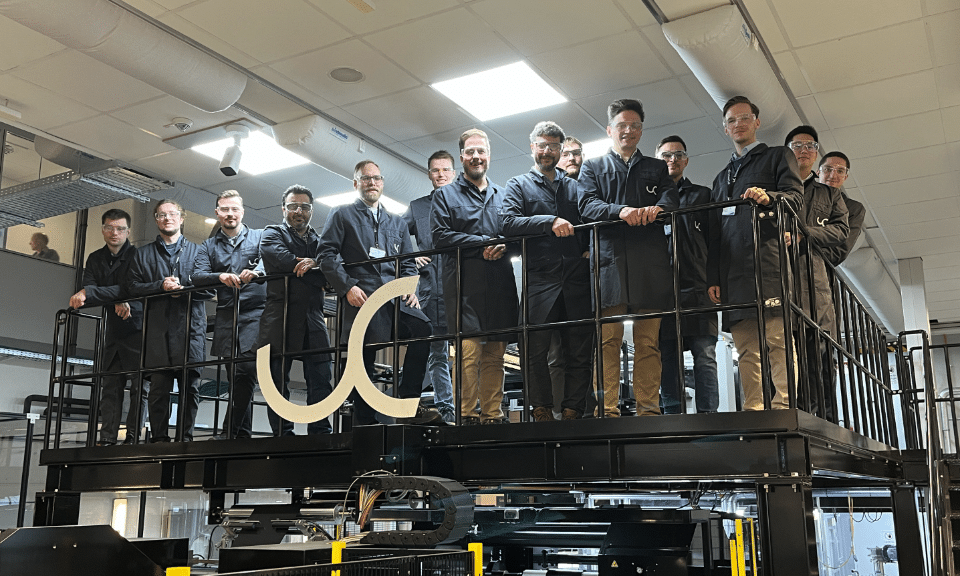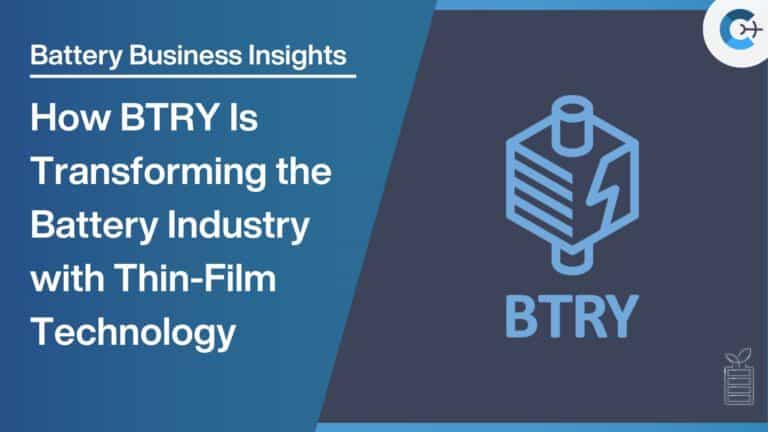Honda Motor Co. has introduced its demonstration production line for solid-state battery cells in Sakura (Tochigi Prefecture), Japan. The facility is designed to optimize production processes for Honda’s proprietary solid-state batteries, setting the stage for mass production in the latter half of the decade.
Despite industry challenges, Honda remains committed to its timeline for launching its own solid-state battery cells. The Sakura facility replicates processes required for mass production and occupies approximately 27,400 square meters (295,000 square feet). It is equipped to verify each stage of battery production, including weighing and mixing electrode materials, coating, roll pressing of electrode assemblies, cell formation, and module assembly.
Construction of the facility was completed in the spring, followed by the installation and testing of production machinery and measurement instruments. Honda plans to commence battery production on the pilot line in January 2025.
The company’s goals extend beyond refining production techniques to determining the final specifications of the battery cells. Specific details such as cell size and energy capacity have not yet been disclosed. The Sakura facility will test how research findings translate to practical production. The long pouch cells currently showcased are prototypes and may not represent the final product.
While the production process is based on conventional lithium-ion batteries with liquid electrolytes, there are significant advancements. Honda has adopted a “roll-pressing technique” to enhance the density of the solid electrolyte layer, specific to solid-state batteries. This method increases the interfacial contact between the electrolyte and electrodes, improving overall productivity. By streamlining assembly processes like bonding positive and negative electrodes, Honda aims to significantly reduce production time per cell and lower indirect costs such as energy consumption.
Economies of scale are expected to further reduce costs as the batteries are applied across a wide range of Honda’s mobility products, including automobiles, motorcycles, and aircraft. “By expanding application of the batteries to a wide range of Honda mobility products—not only automobiles but motorcycles and aircraft—Honda aims to further reduce battery costs by taking advantage of economies of scale,” the company stated.
Keiji Otsu, President and Representative Director of Honda R&D, commented: “The all-solid-state battery is an innovative technology that will be a game changer in this EV era. Replacing engines that have been supporting the advancements of automobiles to date, batteries will be the key factor of electrification. We believe that advancement of batteries will be a driving force in the transformation of Honda. Now, the start of operation of our demonstration production line for our all-solid-state batteries is in sight, and we can say that we have reached an important milestone for Honda and the country of Japan.”
Source: Honda News, Electrive















